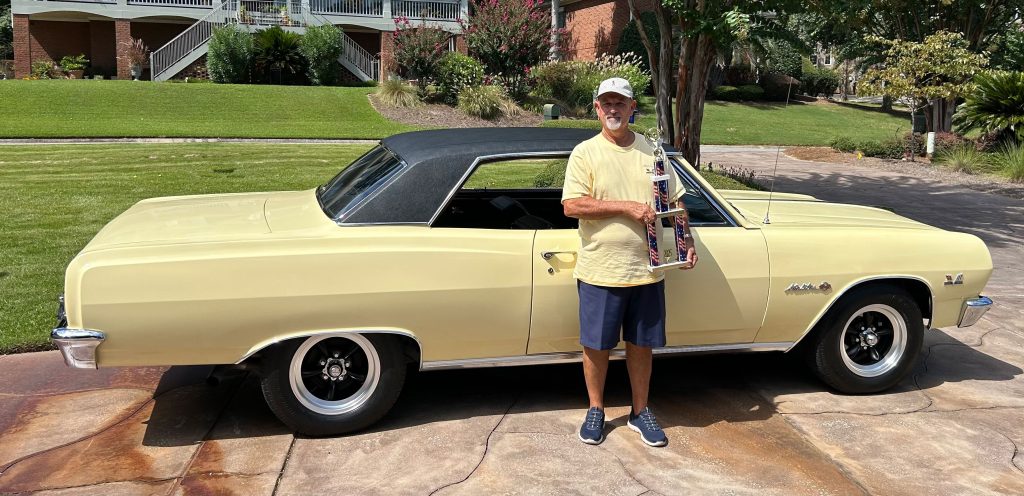TH400 History, Facts, and Figures
The Turbo 400 Transmission, or TH400 Transmission debuted in General Motors cars in 1964. The first year it was used in Cadillacs and Pontiacs, but found it’s way into Chevrolet’s and the like by 1965. TH400’s from 1965-1967 also featured a variable pitch stator which helped the torque converters characters and can be seen by the two-prong plug on the case.
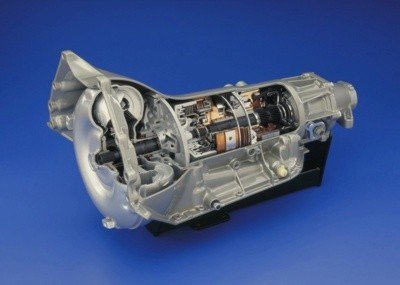
By the 1970’s the TH400 found a home in heavy duty GM trucks in both 2WD and 4WD versions. The name also changed from TH400 to 3L80 in 1990. The name 3L80 comes from 3-speeds, longtiudinally positioned, and 8,000lbs Gross Vehicle Weight. The name change was to help identify the transmissions better. The early 1990’s is also when we see the introduction of the 4L80-E, which is the successor of the TH400 that has overdrive.
The TH400 transmission is the heavy-duty version of a TH350. The TH400 was electronically controlled, which required a kickdown switch by the carb or gas pedal to tell the transmission when to kick down a gear. They are still being produced and used in heavy duty GM and military vehicles. Here’s a list from Gearstar.com of all the cars that used the TH400 transmission:
- 1965-1967, 327 V8 (Rambler/AMC)
- 1968-1971, 350 V8 (Buick)
- 1969-1972, 225 V6 (Buick)
- 1972-1975, 232 I6 (AMC)
- 1975-1979, 258 I6 (AMC)
- 1972-1979, 304 V8 (AMC)
- 1972-1979, 360 V8 (AMC)
- 1974-1975, 401 V8 (AMC)
- GM
- Jaguar
- Ferrari
- Rolls-Royce
Common Features Of TH400 Transmission
A durable transmission, the TH400 provided improved performance over its predecessors. Any TH400 will have these common features:
- Aluminum and iron construction.
- Weighs 135 pounds without fluid.
- Bell housing integrated into the transmission.
- First gear: 2.48:1, Reverse gear: 2.08:1, and third gear is an even 1 to 1.
- Came with three tail shaft lengths.
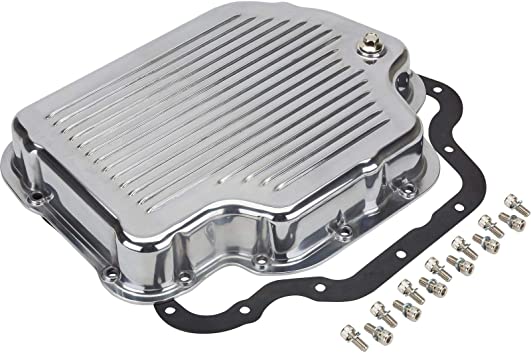
How To Identify a Turbo 400 Transmission
If you’re at a junkyard looking for a TH400 transmission, here are some things that will help you identify one.
1. Visual Clues
TH400’s are made out of aluminum and the case itself is smooth, meaning no ribs on the outside like a T56. The overall length is 24-3/8″ long which is about the longest automatic GM makes but it’s still a small design.
Other clues are a hex bolt pattern on the rear mounting face of the trans and the ribs run forward longitudinally. The transmission pan is also an irregular shape. There are also car pans and truck pans; the truck pans are deeper.
2. TH400 Variants
TH375 and TH475 are the two variants of the TH400. The TH375 would have been used in lighter and smaller displacement cars from 1972-1976. The TH475 was an extra heavy-duty version that was used in larger trucks starting in 1971. The TH375 will have a “375-THM” cast into the bottom of the tail housing.
3. TH350 VS TH400
The easiest way to differentiate between a TH350 and TH400 transmission is the kick-down mechanism. For a TH350 these will have a mechanical cable kick-down that is connected to the throttle linkage. The TH400 has the electric switch that we mentioned earlier.
TH400 Transfer Case
Since the TH400 can be easily adapted, it’s popular to transfer into most Jeeps longer than CJ5’s. Both the 2wd and 4wd versions of the TH400 can be utilized. The 1976-1979 AMC case is similar to the TH400, from the collar of the case and back but it’s tilted roughly four degrees.
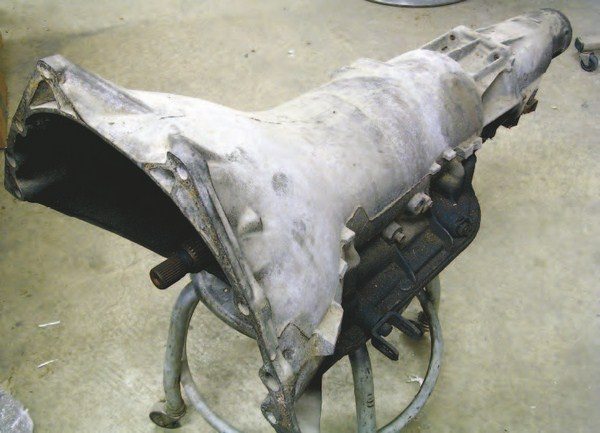
Adapting a TH400 To Your Engine
1. Chevrolet
The front face of the TH400 is compatible with the Chevy 90 degree “Small Block” or the “Big Block” patterned engines. This also includes the modern LS engine.
2. AMC/Mopar Jeep
The earliest Turbo 400s in Jeeps featured a factory adapter plate, whereas older AMC versions came with a dedicated AMC style case. It is entirely possible to make the Chevy 400 compatible in the AMC I6 & V8 engines. As an upgrade of this nature can result in a more enhanced Jeep powertrain over 727, 999.
3. Oldsmobile/Pontiac/Buick/Cadillac
The TH400 is compatible in Buick engines especially when you use a Buick V8 or V6 version of the transmission.
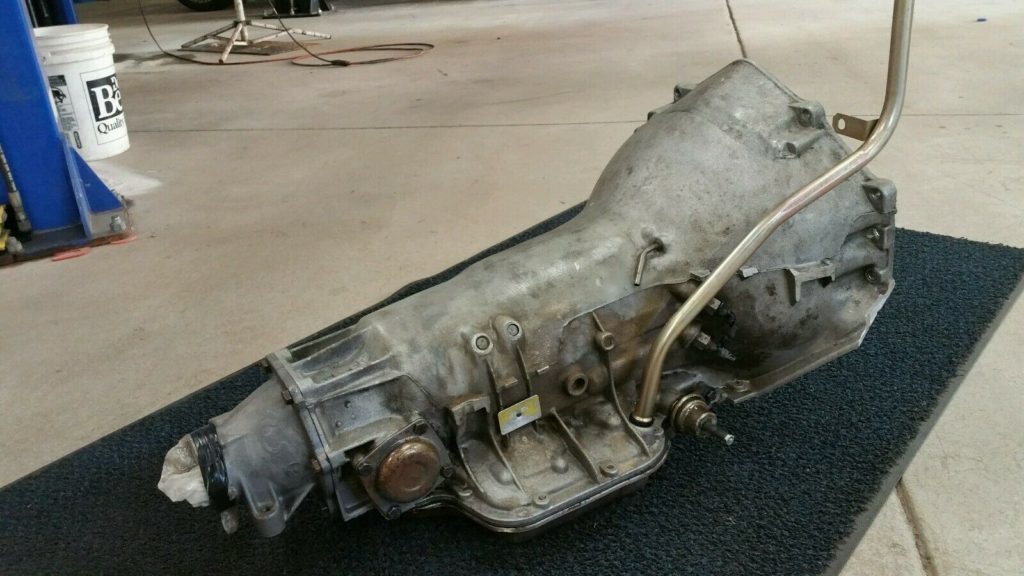
Common Issues With TH400 Transmissions
The TH400 may have offered improved performance over its predecessor, the ST300, but it still came with its own problems. Notable among this is an early shift and less efficiency when the engine revs high. The latter occurs when the kick-down switch, responsible for shifting between gears and maintaining maximum RPMs, stops working. The switch would’ve helped in, efficient power usage.
On the other hand, the cause of this problem can be tied to the wrong placement of the vacuum hard-line, moving from the intake manifold with a pliable rubber line. The heat generated by the engine and transmission leads to the deformity of the rubber, thereby failing to hold the pressure properly. Another problem of the TH400 is the possibility for its transmission fluid to leak gradually into the hose if the seal is not fixed properly.
TH400 Parts
If you need any parts for your TH400 transmission, hop on over to SS396.com for our line of parts. You can also reach our friendly techs at (203) 235-1200 if you have any other questions!

